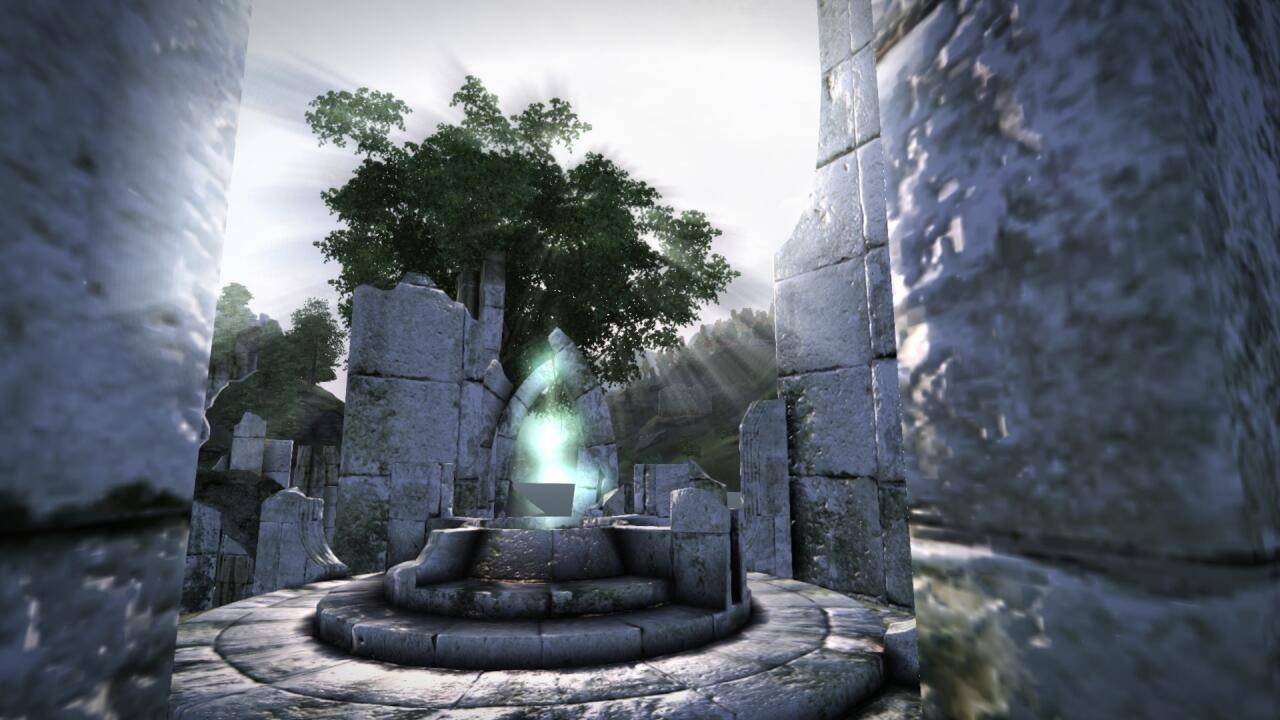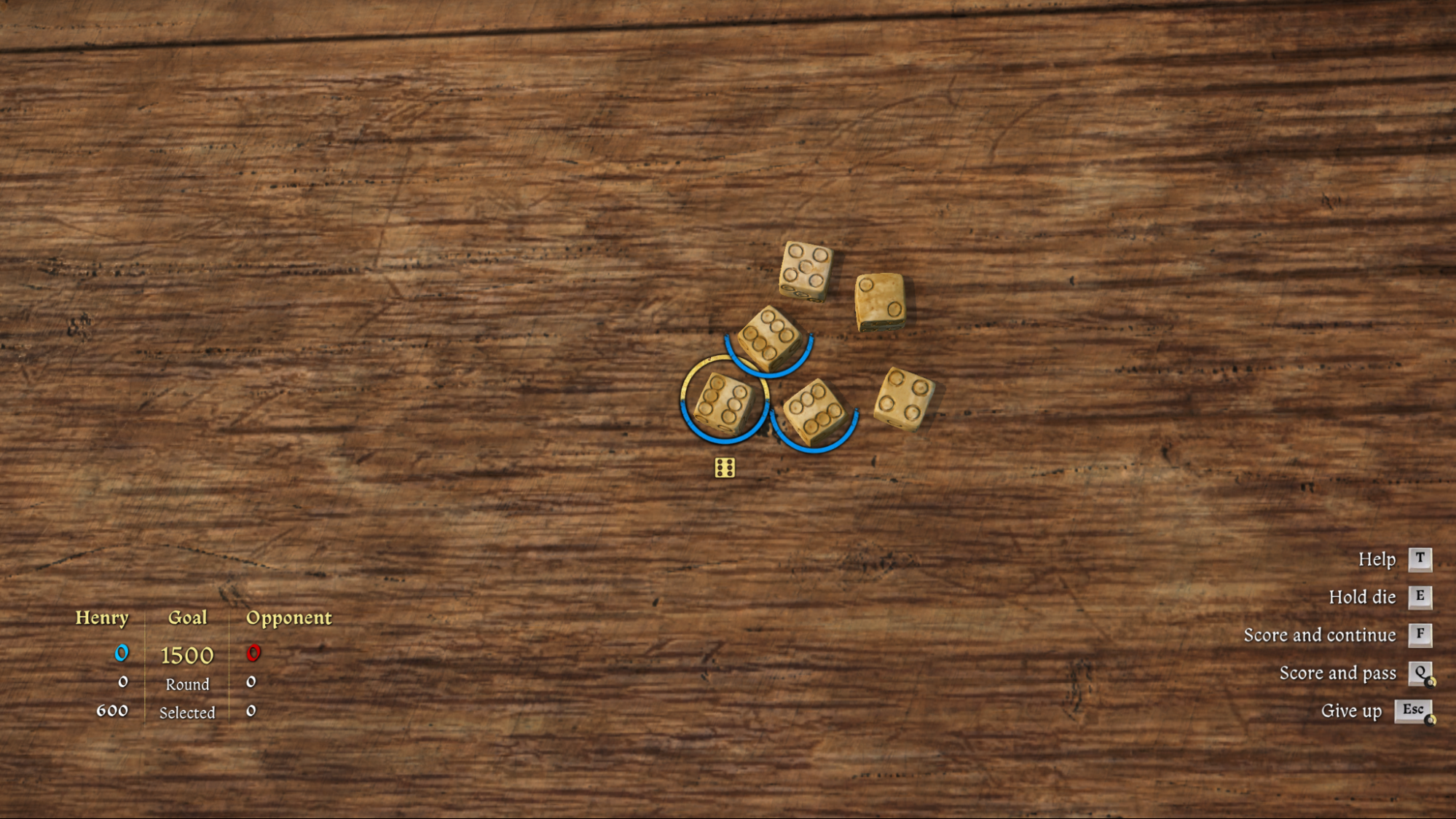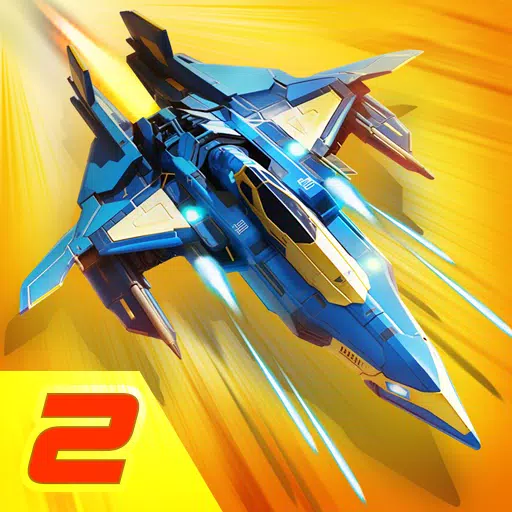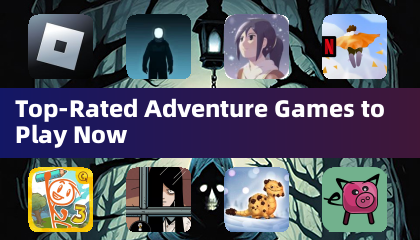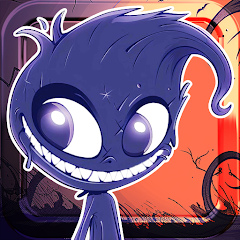Exploring the Evolving Landscape of Meta-Horror Games
The horror genre in gaming is constantly evolving. Developers strive to create new ways to generate tension and fear, but familiar mechanics quickly become predictable. Success often hinges on clever design, compelling narratives, and unique storylines. While innovative horror games are rare, a fascinating subgenre—let's call it "meta-horror"—has emerged, distinguished by its direct interaction with the player, breaking the fourth wall.
Meta-horror transcends typical game mechanics by engaging directly with the player, not just the game world and characters. This interaction elevates the gaming experience to a new level of engagement and often astonishment. Games that successfully employ this technique become truly memorable.
Early Examples and Beyond
One of the earliest and most impactful examples of fourth-wall breaking is Psycho Mantis from Metal Gear Solid (1998). His ability to detect the player's memory card data and comment on their saved games was revolutionary at the time. This manipulation of the player's console and controller heightened the tension and immersion.
While many subsequent games, such as Deadpool, Detroit: Become Human, and Nier: Automata, have utilized similar techniques, often the interaction is limited to simple address. Unless the interaction is integral to the game's surprise and gameplay, fourth-wall breaking remains a supplementary feature.
Modern Meta-Horror Masterpieces
Let's delve into some standout examples of meta-horror:
Doki Doki Literature Club!
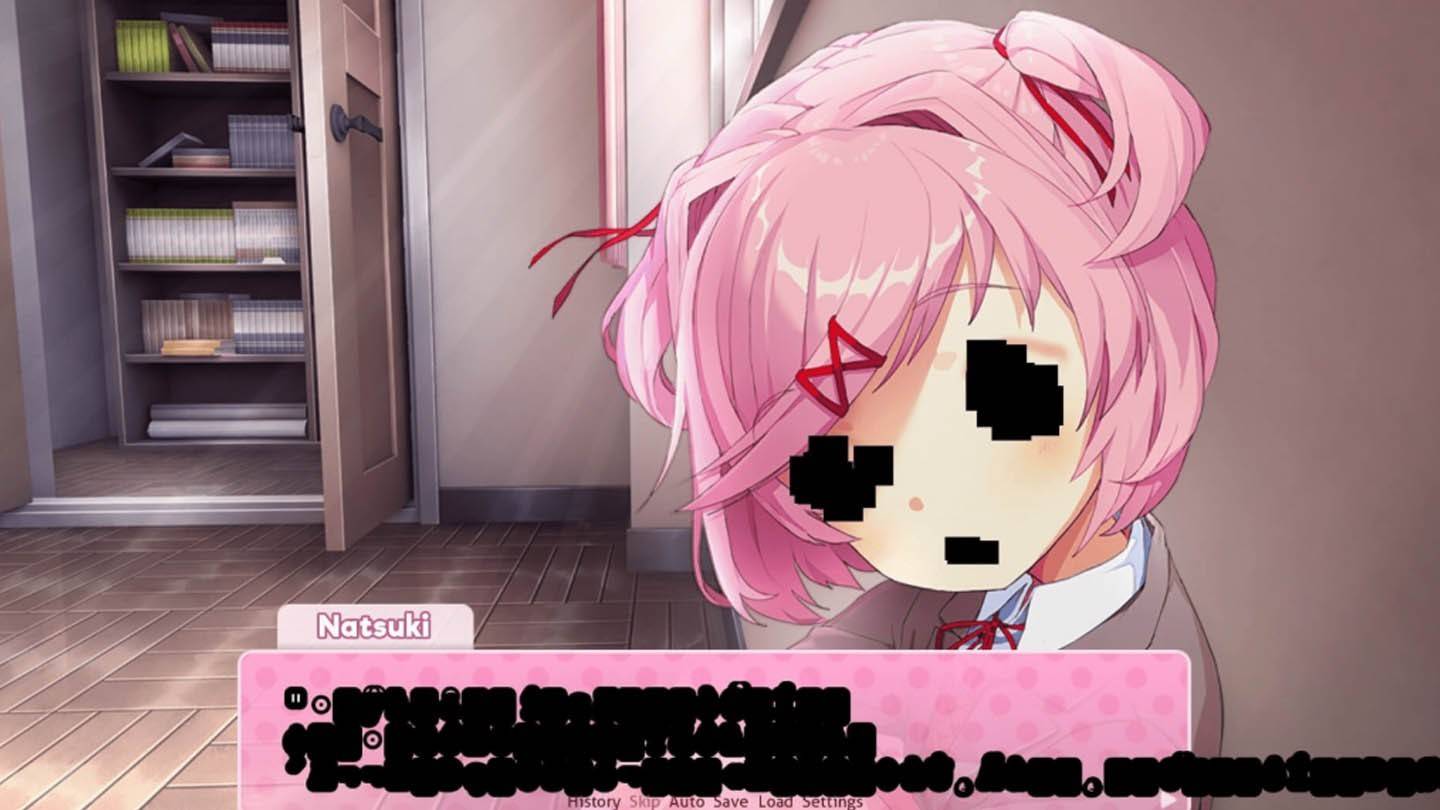 Image: reddit.com
Image: reddit.com
Initially appearing as a lighthearted dating sim, DDLC (2017) takes a dark and unexpected turn. Its meta-horror elements extend beyond simple player address; the game interacts with the player's operating system, creating files and altering the game's very structure. This innovative approach blends narrative and gameplay seamlessly. While not the originator of this style, DDLC significantly popularized it.
OneShot
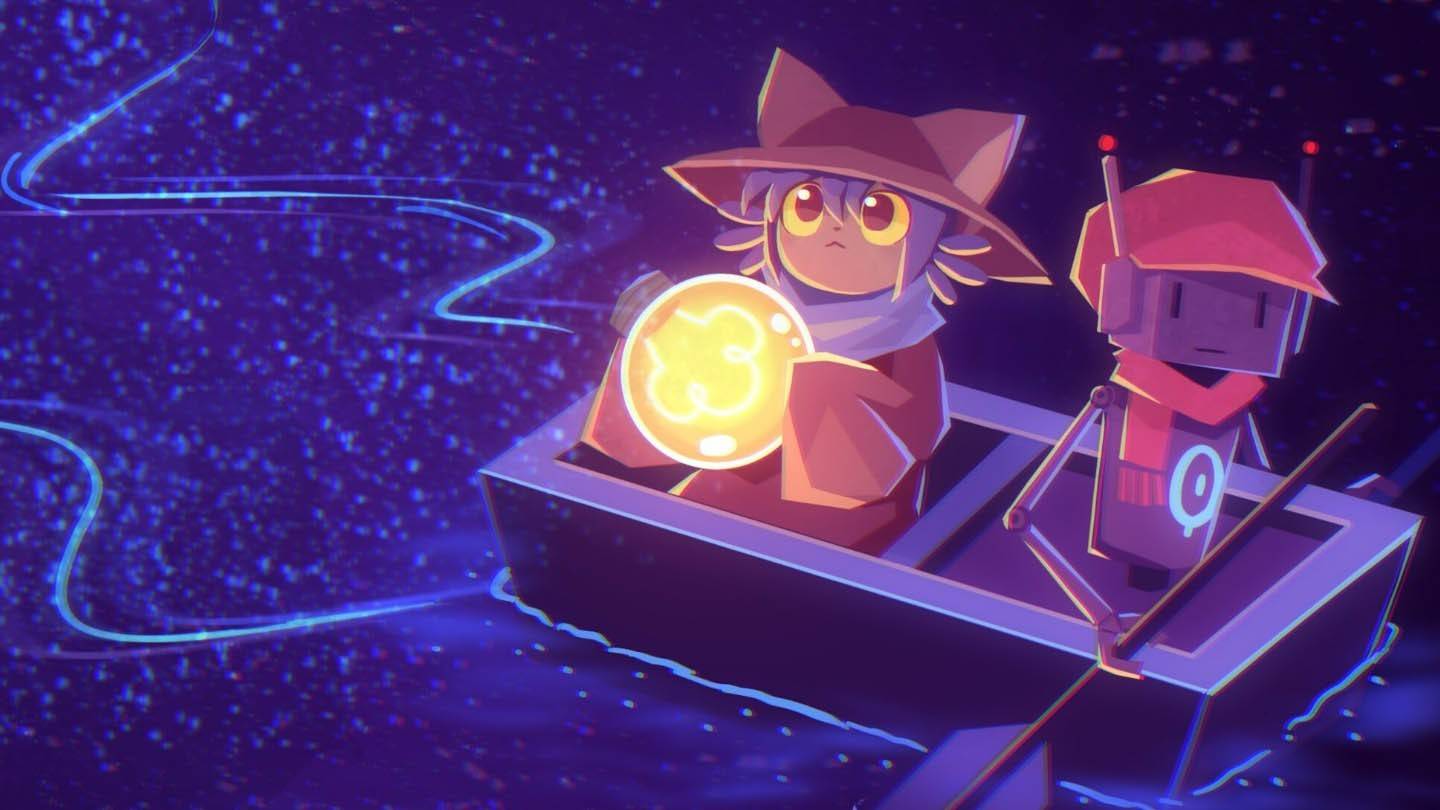 Image: reddit.com
Image: reddit.com
This RPG Maker adventure transcends typical game boundaries. While not strictly a horror game, it features unsettling moments and a unique meta-horror approach. The game directly addresses the player through system windows, creates files, and even modifies its own title, all crucial to gameplay. Unlike DDLC, OneShot fully integrates these meta-elements, creating a truly immersive and memorable experience.
IMSCARED
 Image: reddit.com
Image: reddit.com
IMSCARED (2012) represents the pinnacle of meta-horror. It's a game that pushes boundaries, even to the point of being perceived as a virus due to its system interactions. It creates and deletes files, manipulates windows, and controls the cursor—all part of its unsettling design. The game presents itself not as a game, but as a self-aware entity interacting with the player. While initially alarming, the game assures the player of its harmless nature. The experience, however, is undeniably unique and unforgettable.
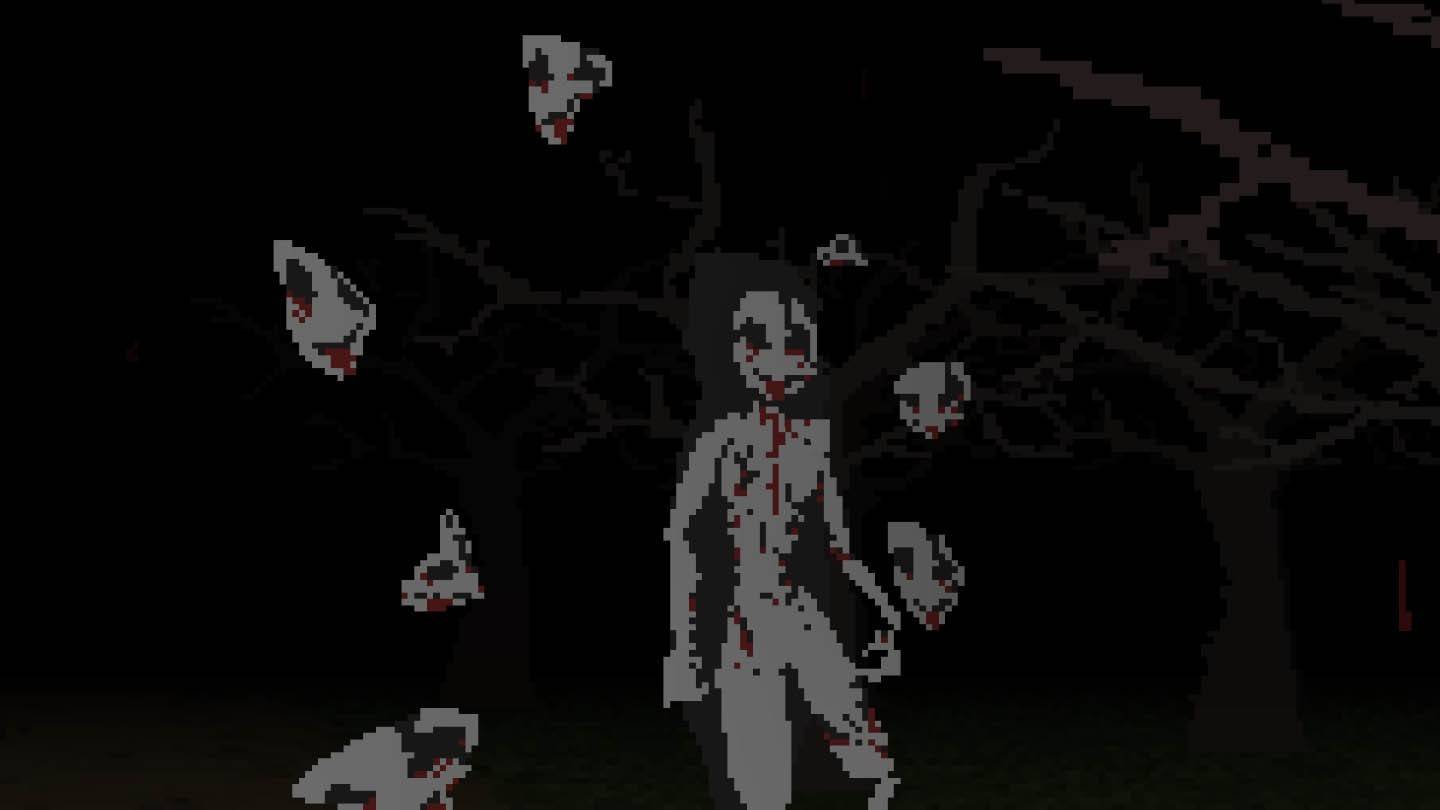 Image: reddit.com
Image: reddit.com
Conclusion
Many games utilize similar meta-techniques, but few master them as effectively as these titles. Meta-horror provides a unique and unsettling gaming experience. Whether you're a fan of visual novels, RPGs, or unconventional gameplay, exploring this subgenre is highly recommended. If visual novels aren't your preference, OneShot and IMSCARED offer compelling alternatives. For those who enjoy unpredictable gameplay and survival elements, Voices of the Void is another intriguing option.

